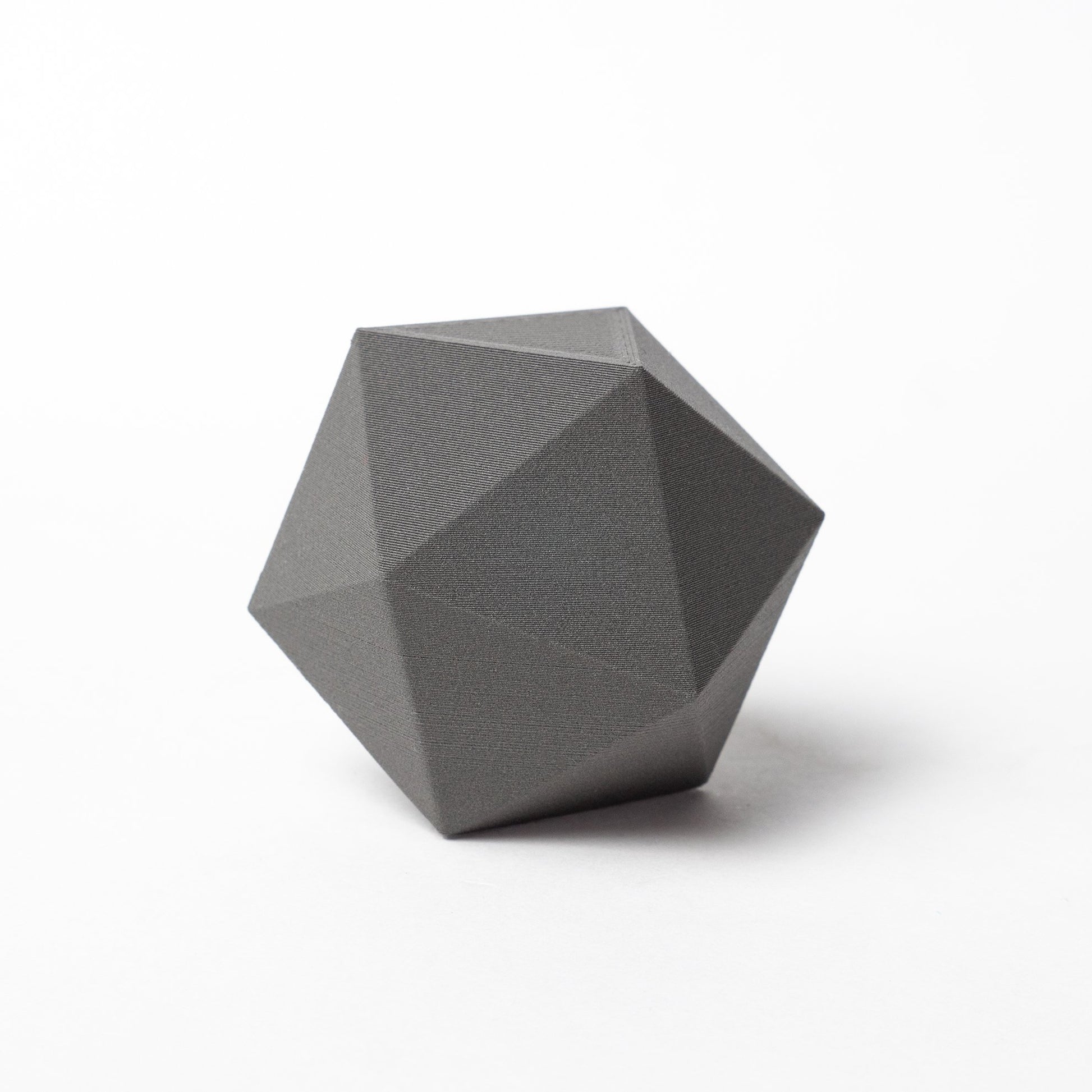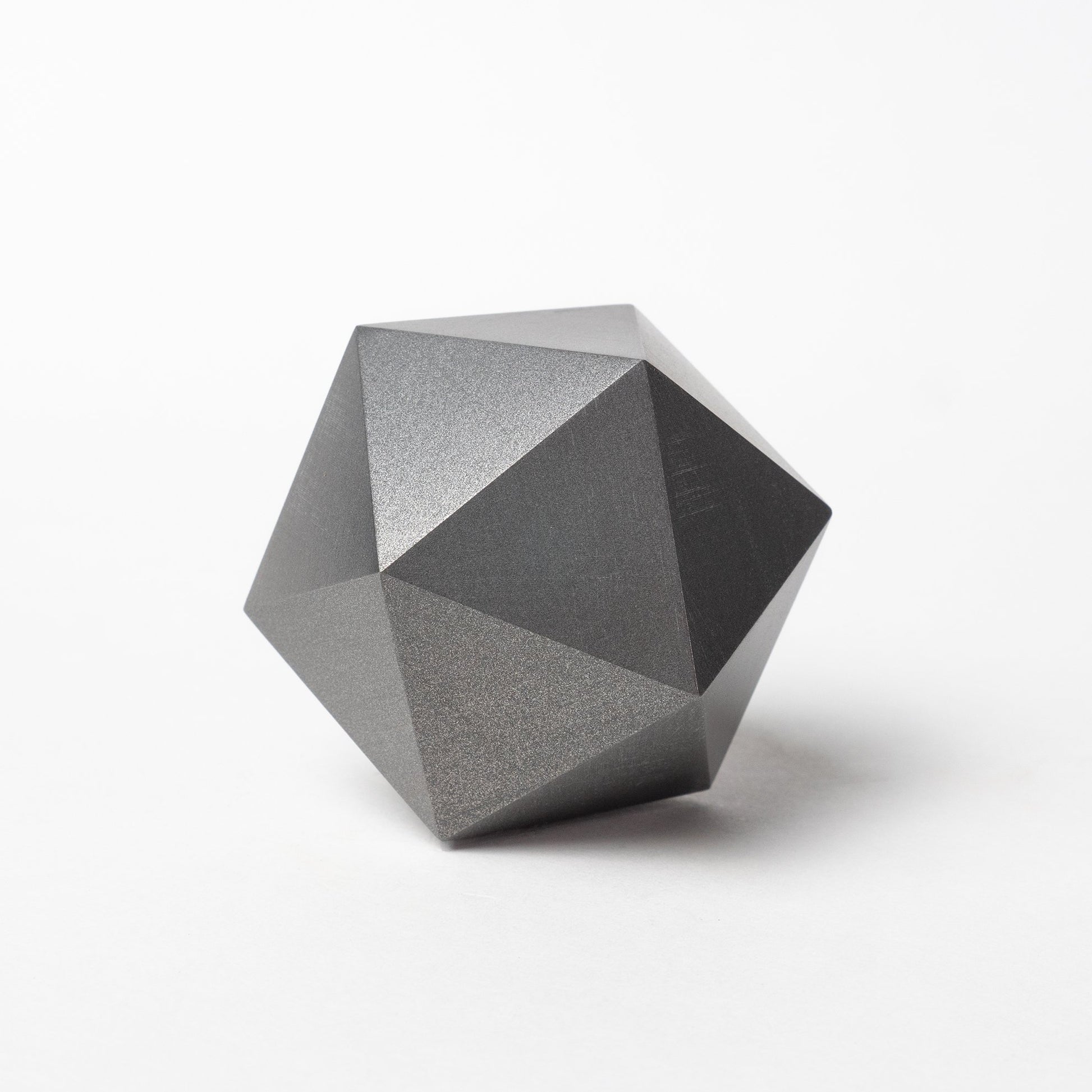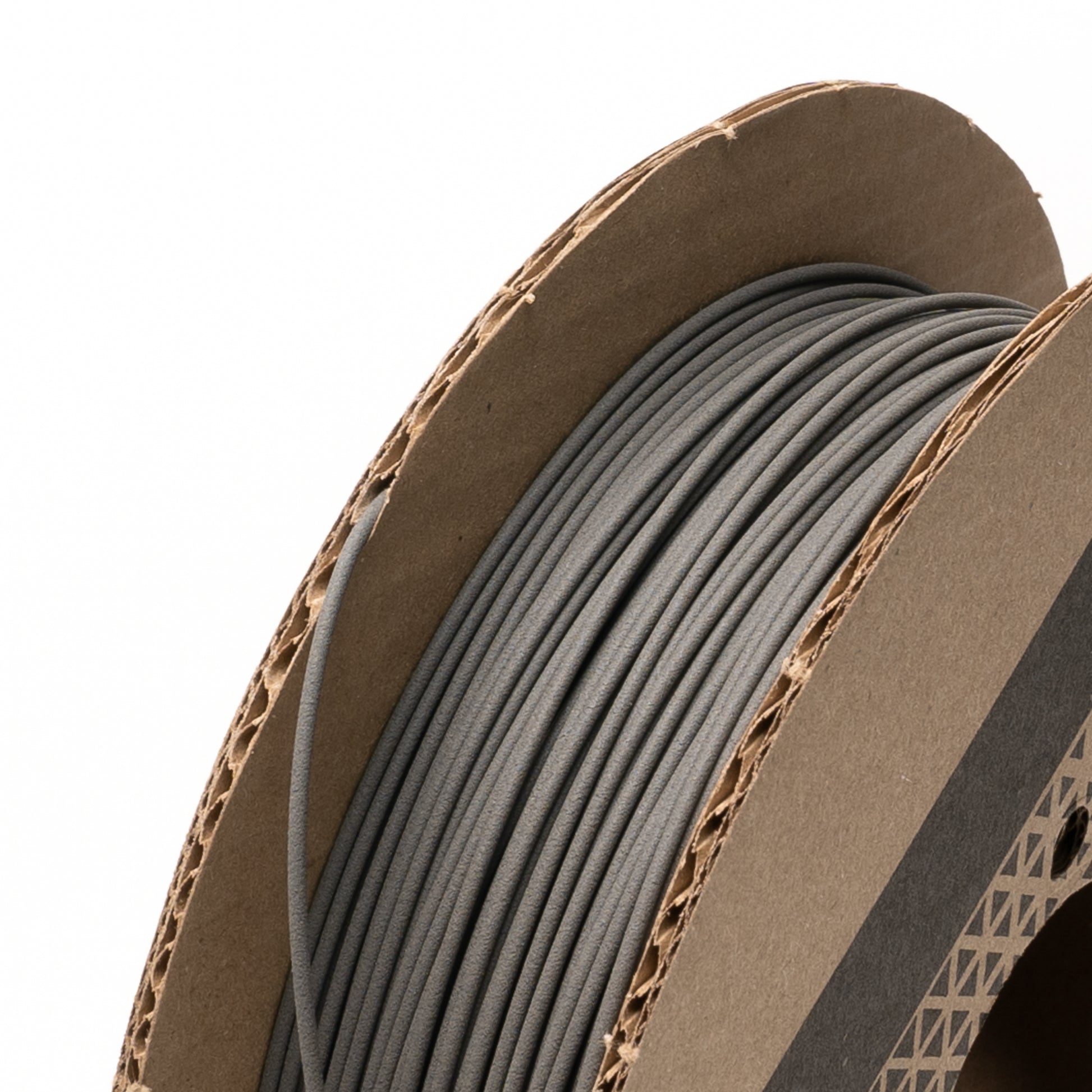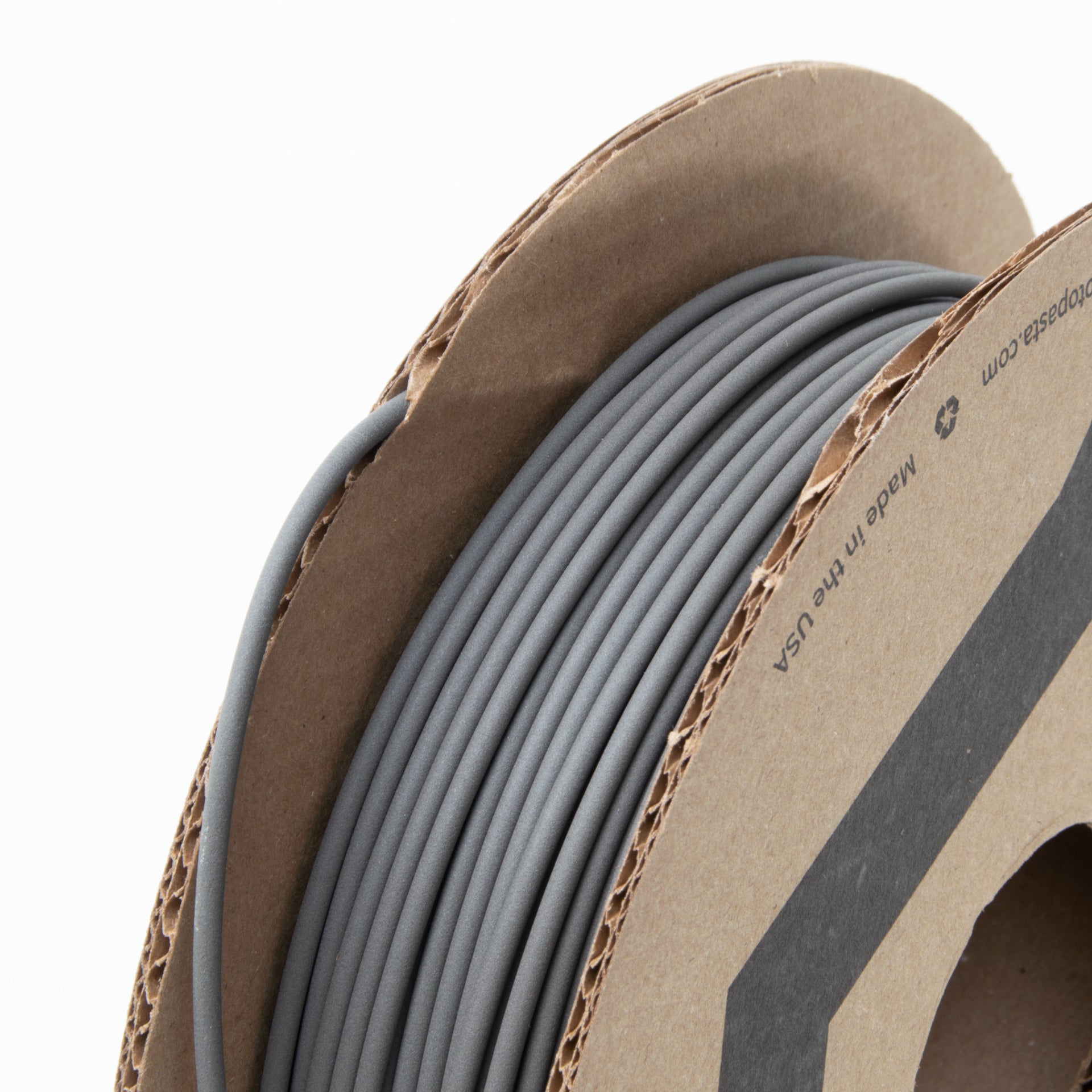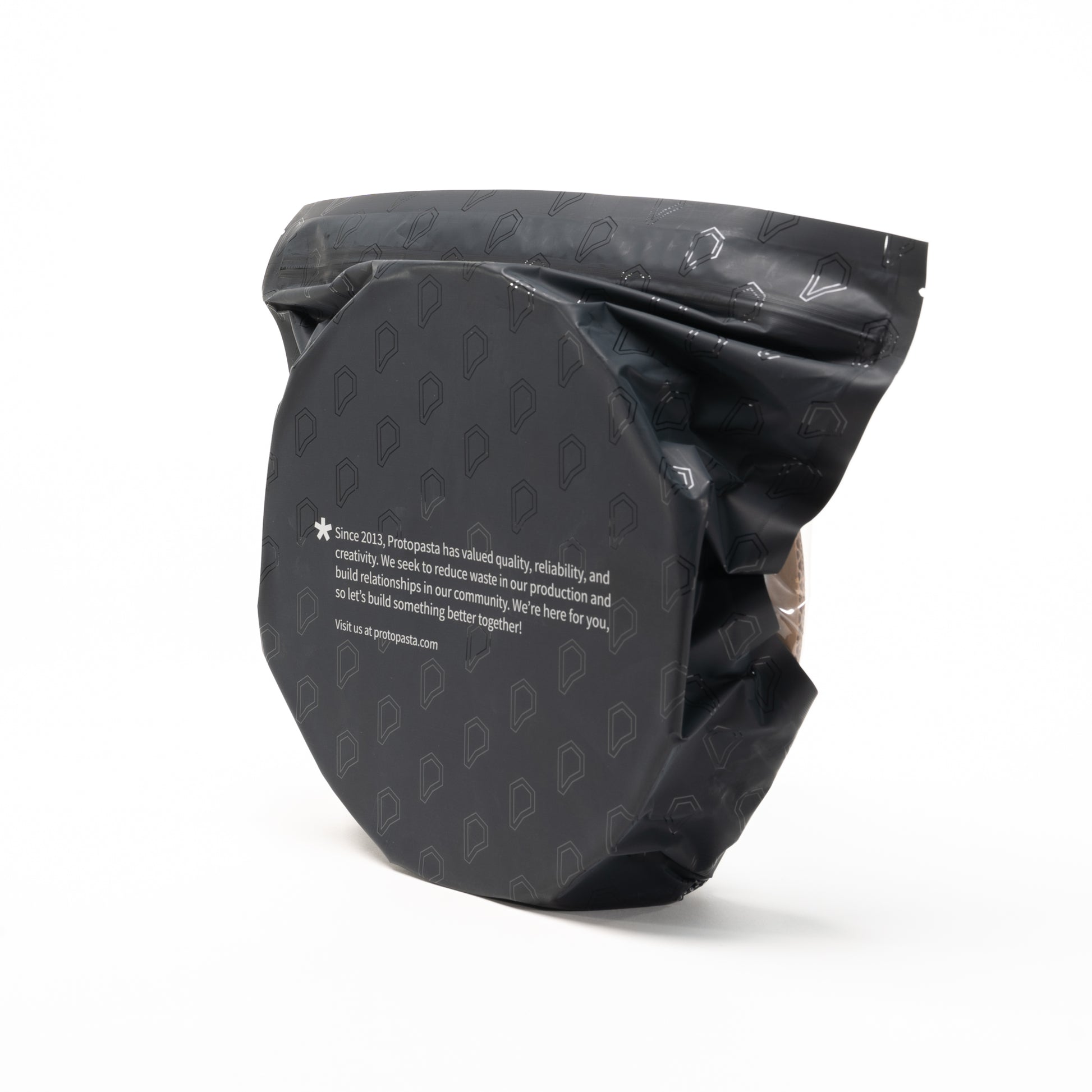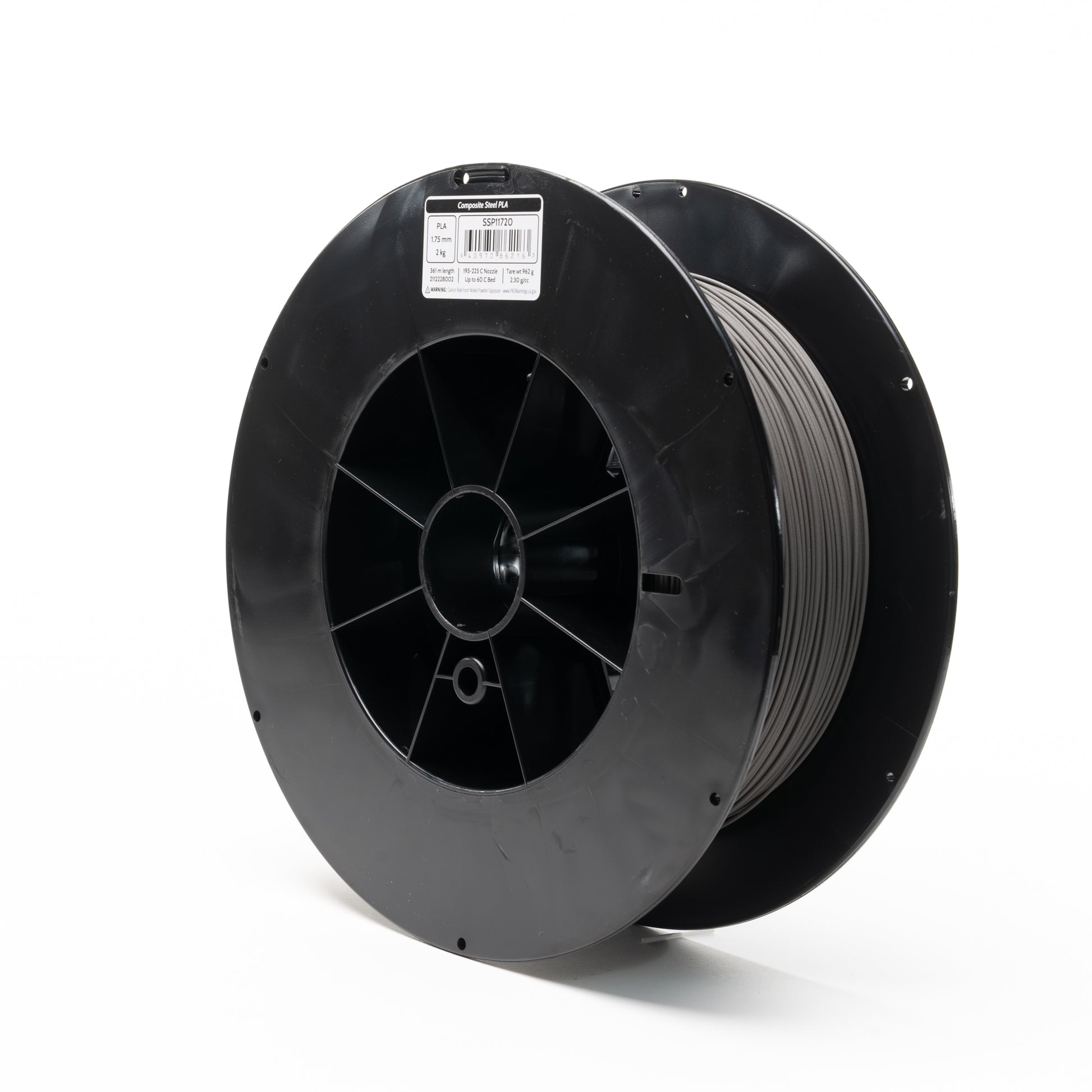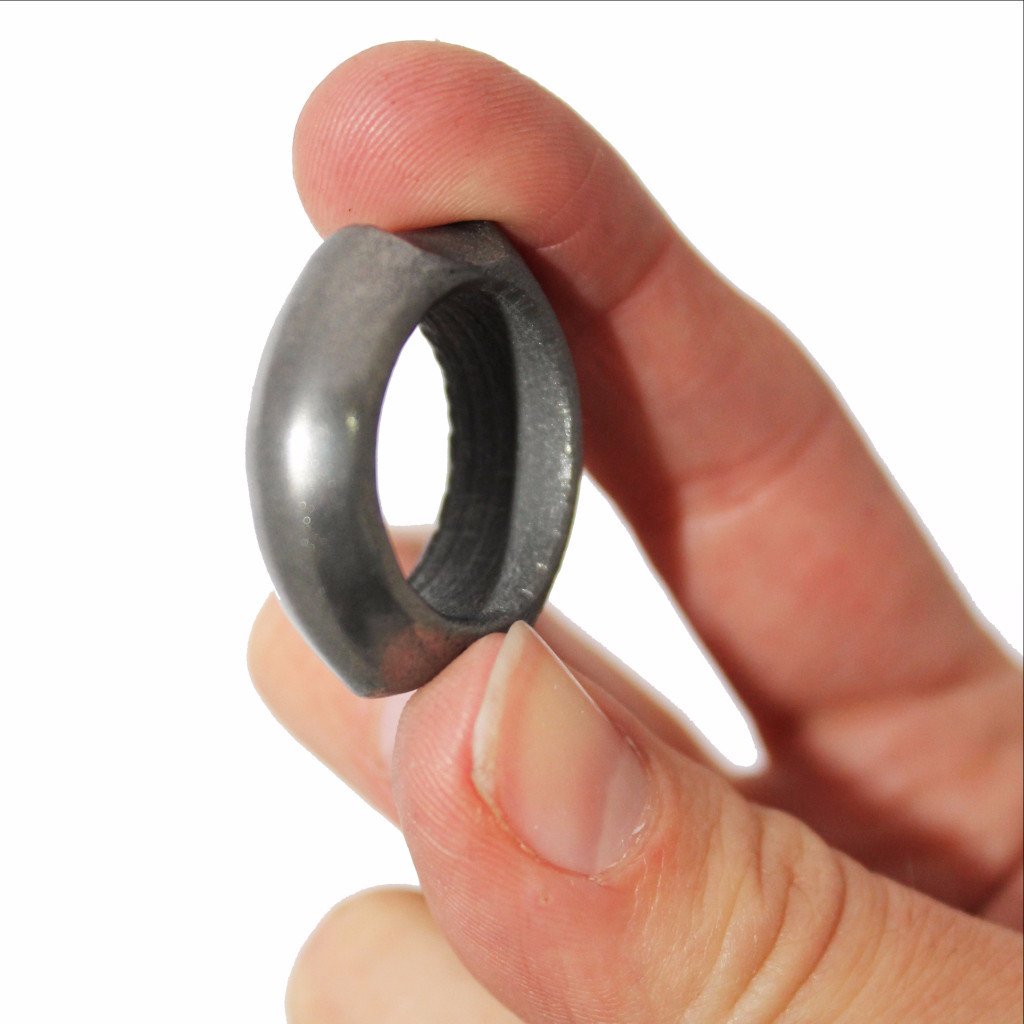Steel-filled Metal Composite PLA
SKU: SSP11701
Protopasta Stainless Steel PLA filament is a dense material that prints as easily as standard PLA, but results in heavy cast-metal looking prints that can be brushed, sanded, or polished post-print to achieve amazing results. Using real steel powder, this premium, metal-filled steel PLA filament is perfect for jewelry, costumes, props, figurines, crafting, robots, or any other 3D prints needing a truly stainless steel finish.
*Steel PLA made on and after Feb 27, 2025 (lot number X50227BXXX) is made from 400-series stainless, instead of 300-series, just like our new steel colors, gold, burgundy, and blue. Also, A identifies 300-series and B 400. 400-series is magnetic (not a permanent magnet, but magnets will stick to it) and does not contain Nickel (so the Prop65 warning is removed). Metal color may vary by lot. Print and polishing performance are comparable.
Technical Data Sheets
Technical data sheets available for download here.
Safety Data Sheets
Safety data sheets available for download here.
Shipping
We provide a number of domestic shipping options within the United States via UPS, including free shipping on orders of $50 or more. We also provide international shipping via DHL Express.
Returns
At ProtoPlant's discretion, returns and replacements will be accepted within 90 days of purchase. Please check the material label before opening your product. Only sealed product can be returned. Shipping of items for exchange or refund is paid by the customer. More information about returns and replacements can be found in our terms and conditions.
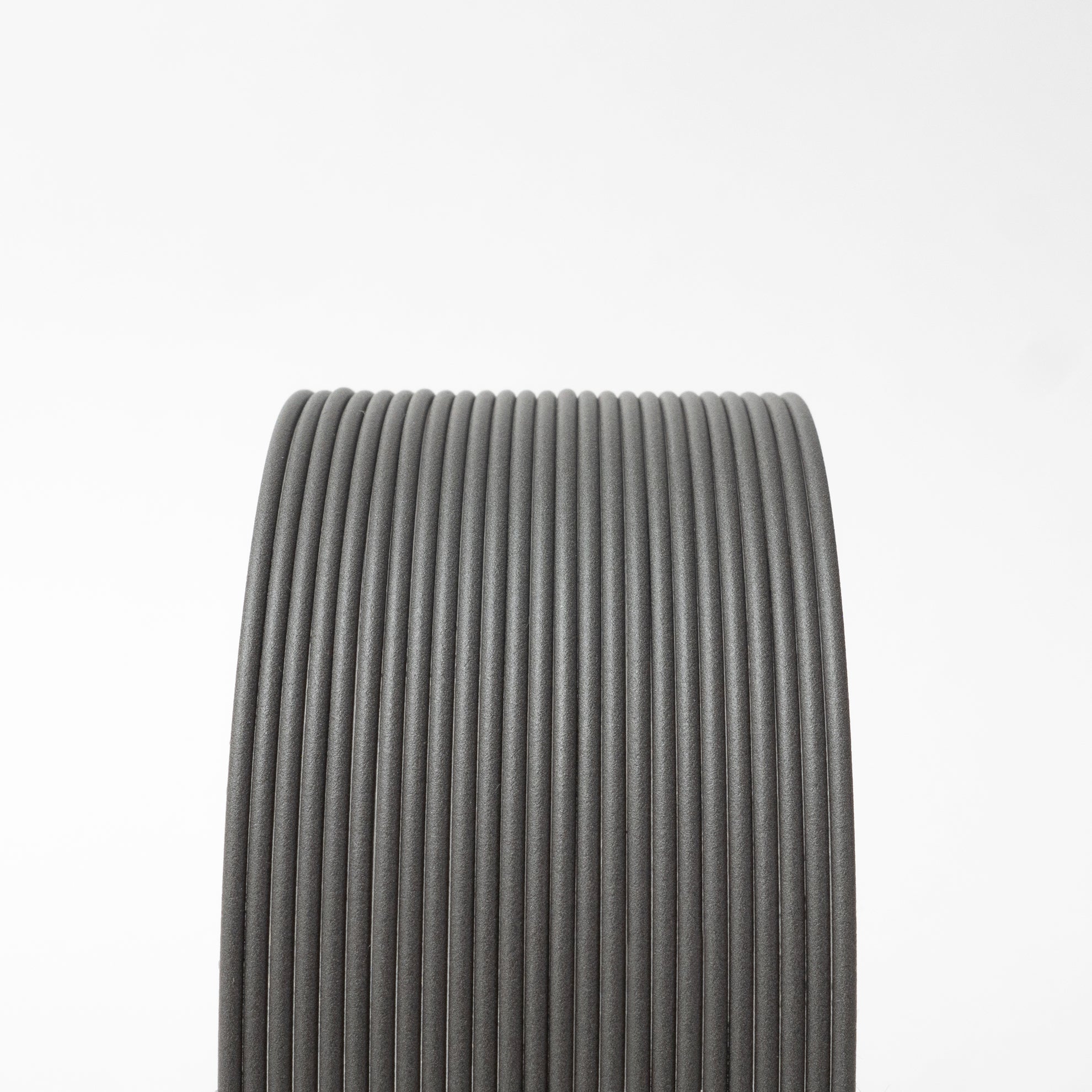
Prints like plastic, polishes like stainless steel!
Introducing Stainless Steel-Filled Metal Composite PLA. Using real steel powder, we've created a premium metal PLA filament for 3D prints that finish just like real stainless steel! Our steel composite filament is as versatile as it is beautiful, printing like plastic, but finishing like real metal for beautiful, durable parts from most standard 3D printers.
We suggest experimenting with polishing using this starter kit (includes instructional videos).
**This filament is more abrasive than standard PLA. Be prepared to replace your nozzle and do 1st layer adjustment. Try a wear resistant and/or larger diameter nozzle for increased service intervals.
- Available in 1.75 & 2.85 (3) mm diameters.
- 125g are loose coils, 500g is on a 8" diameter spool, 2kg is on a 12" diameter spool.
- Usable on most PLA-compatible printers, such as Lulzbot, Makerbot, FlashForge, Dremel, Ultimaker, Printrbot, and more!
Finishing Techniques
- Wire Brush to expose metal for future oxidation or a bright, satin finish
- Rock tumble with steel shot for darker, but smooth, shiny look
- Paint part (black for example) to fill recesses with a contrasting color
- Polish with a rotary tool, cotton buff, and polishing compound for a bright, mirror finish on high spots (darkens low spots)
- Polish with paper for a clean, smooth, and bright finish with less darkening
- Patina (oxidize) exposed metal naturally or accelerate with a 50/50 vinegar/hydrogen peroxide mixture saturated with salt. Place in sealed plastic bag to retain moisture. Heat further accelerates reaction.
Applications
- Faux brick or stone
- Fixtures or hardware
- Knobs or buttons
- Heat sinks or exchangers
- Fine art & sculpture
- Emblems, signage, or trophies
- Jewelry, like pendants or bracelets
- Cosplay, game pieces, or figurines
Material Data
- Base resin: PLA
- Additive: Real Steel Powder
- Particle size: less than 250 micron (0.25mm)
- Odor: low or no
- Density: Approx. 2.30 g/cc
- Length (500g): 97m (1.75mm) and 36m (2.85mm)
Printer Settings
- Speed: 10-20 mm/s 1st layer, 20-80 mm/s rest of part
- Nozzle Set-point: 185-215C (hottest on 1st layer for best adhesion)
- Nozzle Actual: maintain set-point, reduce speed if less than
- Nozzle Type: Standard or wear resistant for extended use
- Nozzle Diameter: 0.6mm or larger preferred, 0.4mm okay with 0.25mm minimum for experts
- Layer thickness: 0.15-0.20mm recommended for a balance of quality, reliability, and productivity
- Bed Temperature: Room-60C (over 60C can worsen warp)
- Bed Preparation: Elmers purple disappearing glue stick or your other favorite PLA surface preparation
This material has been flow optimized and has less moisture uptake than standard PLAs, however composites are still sometimes more tricky to print depending on hardware and software settings. The main challenge is to keep mass flow up (larger nozzle + fast speed) and in a single direction (minimal retraction) to avoid heat soak. More on that topic here.

